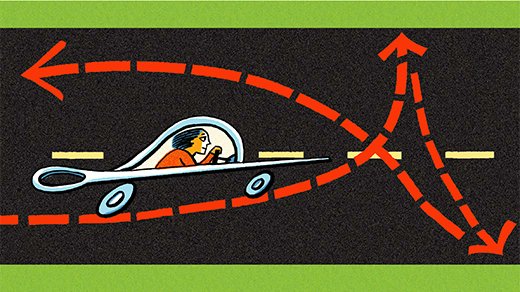I’ll be in Washington, DC later this week for the National Council of Teachers of Mathematics (NCTM) Annual Meeting, where I will be giving two talks.
On Thursday, Gary Rubinstein and I will be presenting “So, You’re Teaching Precalculus”.
With the College Board’s new Advanced Placement Precalculus course on the horizon, a lot of math teachers will be teaching a brand new course in 2023. What are the big ideas in AP Precalculus? And how might AP Precalculus differ from the courses already taught at your school? In this session we’ll look at the themes that define the AP Precalculus framework and how they link important ideas in algebra, geometry, and trigonometry to what lies ahead in a calculus course.
And on Friday, I’ll be making “A Case for Linear Algebra”.
Students need as many pathways to mathematical success as we can give them, and linear algebra offers a flexible and versatile course option that can fit alongside an established sequence or help define a new one. Come learn about the whys and the hows of teaching linear algebra, and see where the core ideas pop up in the classes you already teach.
Related Posts



